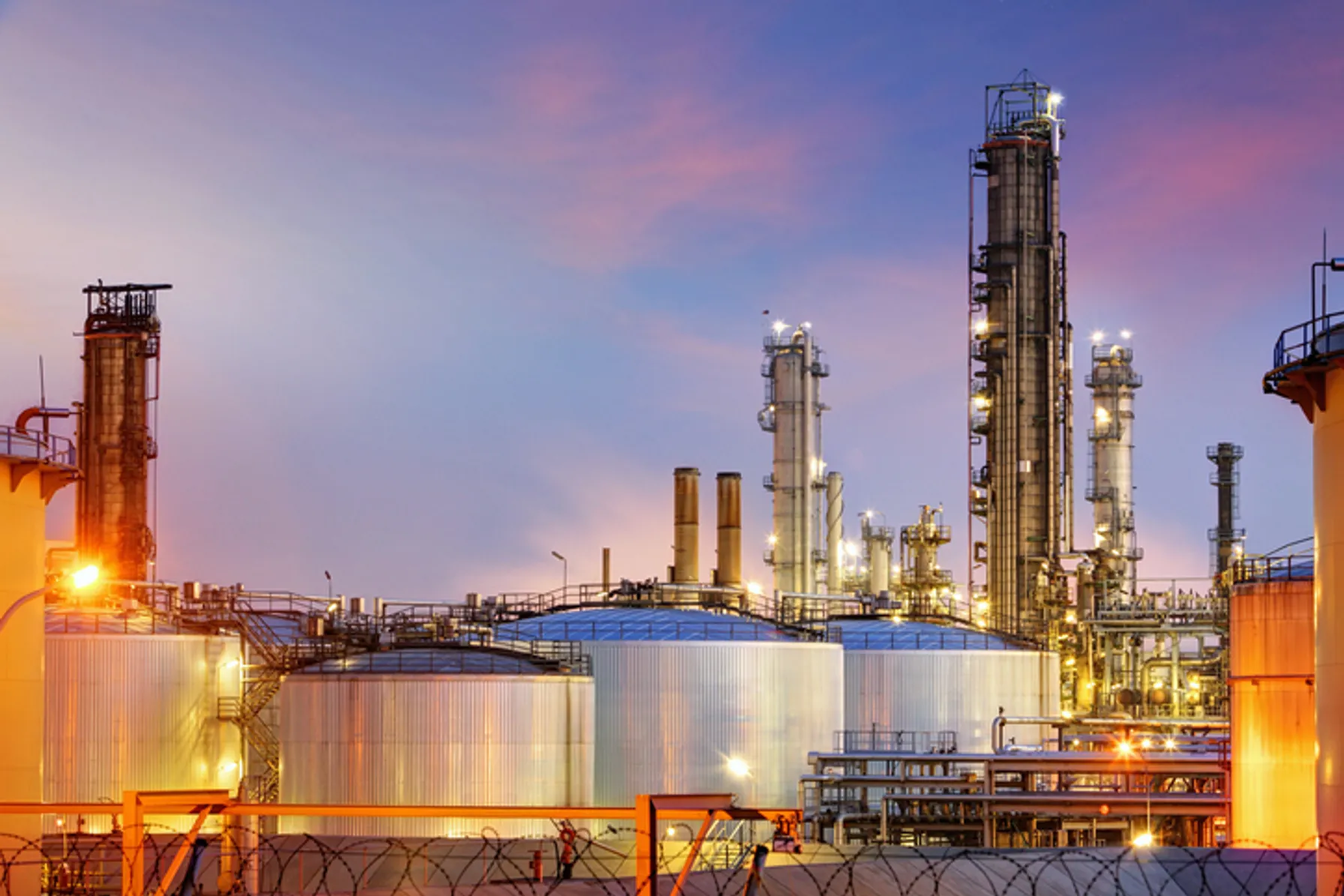On Feb. 7, 2024, the United States Environmental Protection Agency (U.S. EPA) issued a final rule based on its reconsideration of its 2020 decision to retain the primary and secondary National Ambient Air Quality Standards (NAAQS) for particulate matter (PM) without revision. The reconsideration included three main actions:
- Revised the primary PM2.5 Annual NAAQS down to 9.0 μg/m3 from 12.0 μg/m3;
- Revised the ambient monitoring requirements, including data collection, updated quality assurance (QA) calculations (to account for lower concentration measurements), probe and monitoring path siting criteria and use of automated continuous Federal Equivalent Methods (FEMs); and
- Revised the Air Quality Index (AQI) breakpoints where the “Good” AQI limit (0-50) has been revised to 9.0 μg/m3 from 12.0 μg/m3 to match the new PM2.5 annual NAAQS.
The final rule was published in the Federal Register on March 6, 2024, with an effective date of May 6, 2024.
Small particulate matter (PM) continues to be under scrutiny from regulatory agencies and the public because of its link to negative health and welfare effects. In addition to regulatory requirements, industrial sites also address PM emissions issues through increasing environmental justice (EJ) concerns. The EPA concluded that the available scientific information supports strengthening the primary annual PM2.5 standard to ensure it adequately protects public health and noted that recent studies suggest adverse health effects from exposure to PM2.5 are occurring at concentrations allowed by the previous standard of 12.0 μg/m3 (set in 2012). Additional studies demonstrate improvements in public health, including reductions in mortality, following reductions in PM2.5 in areas with air quality below 12.0 μg/m3.


